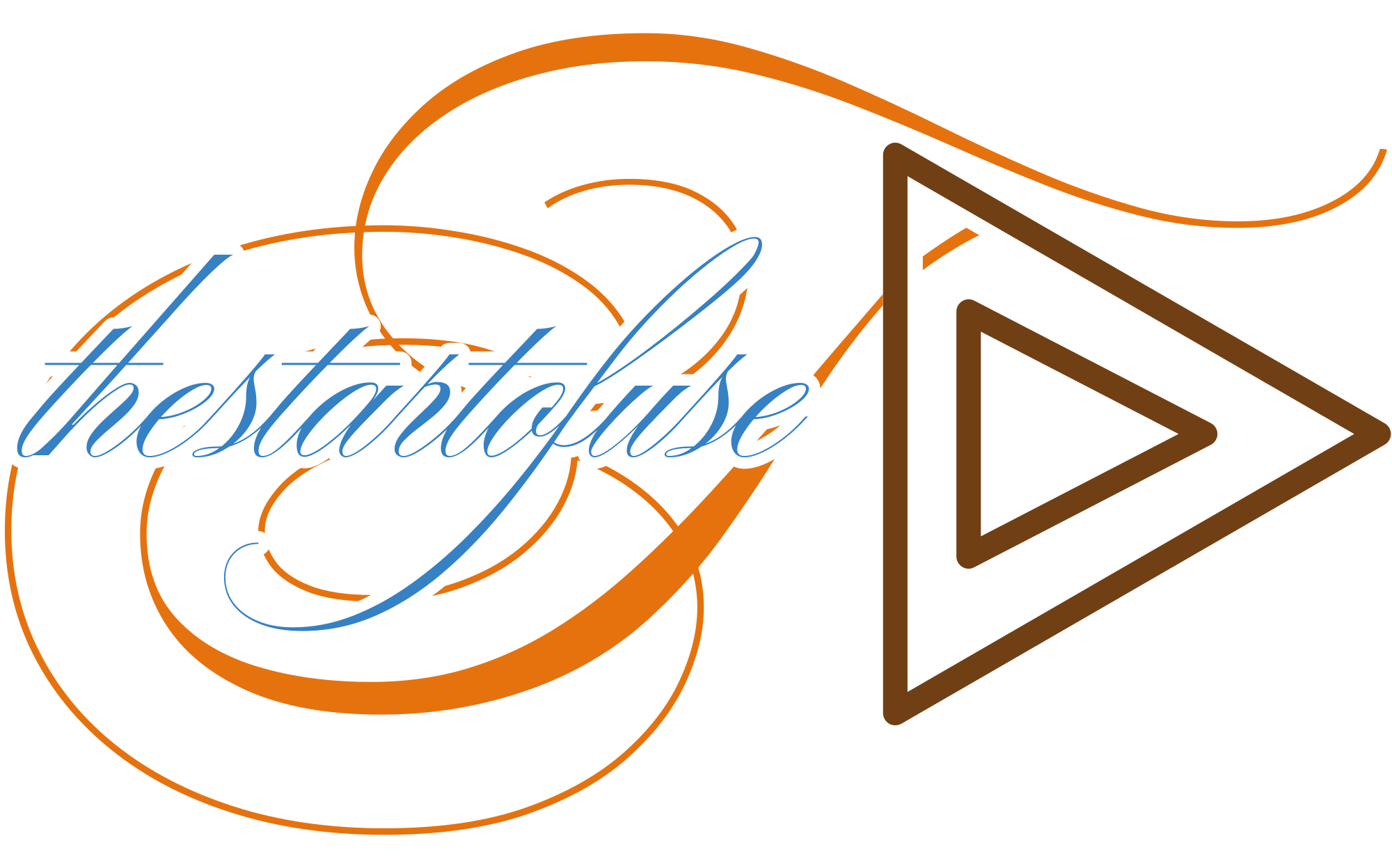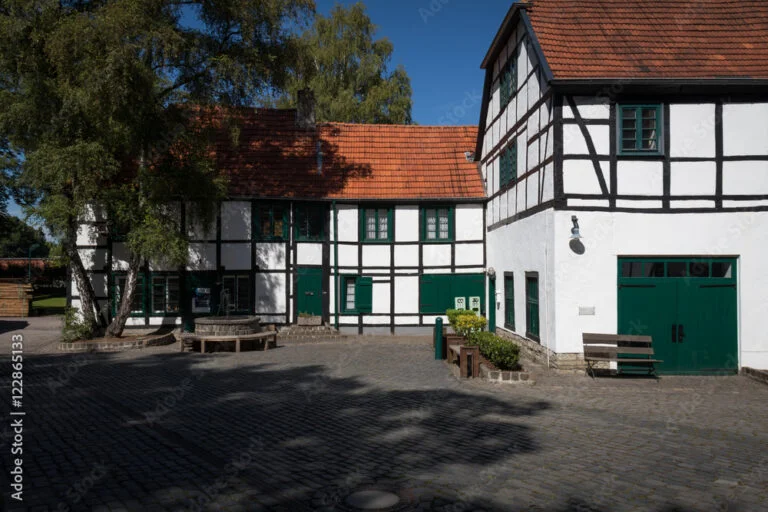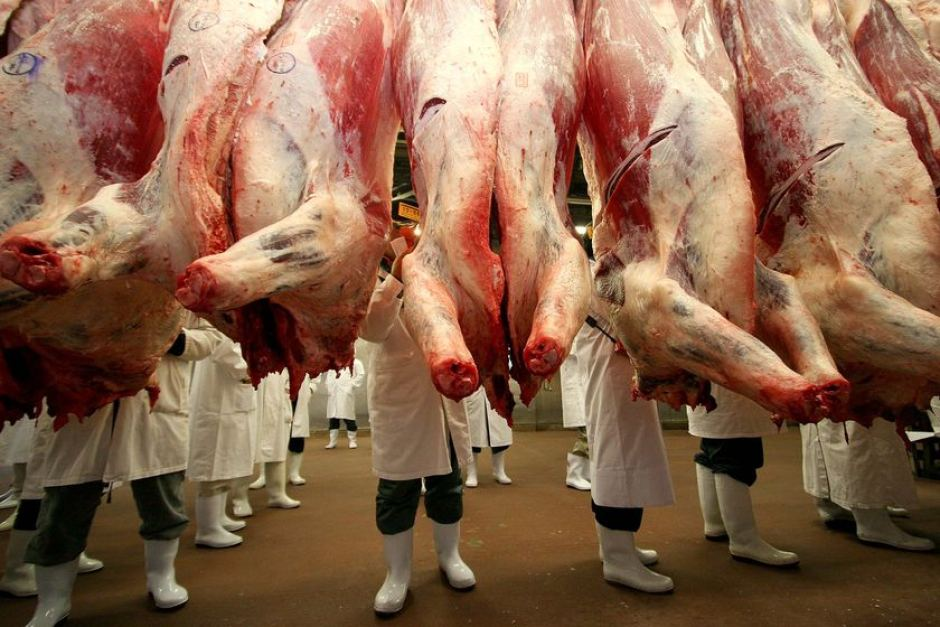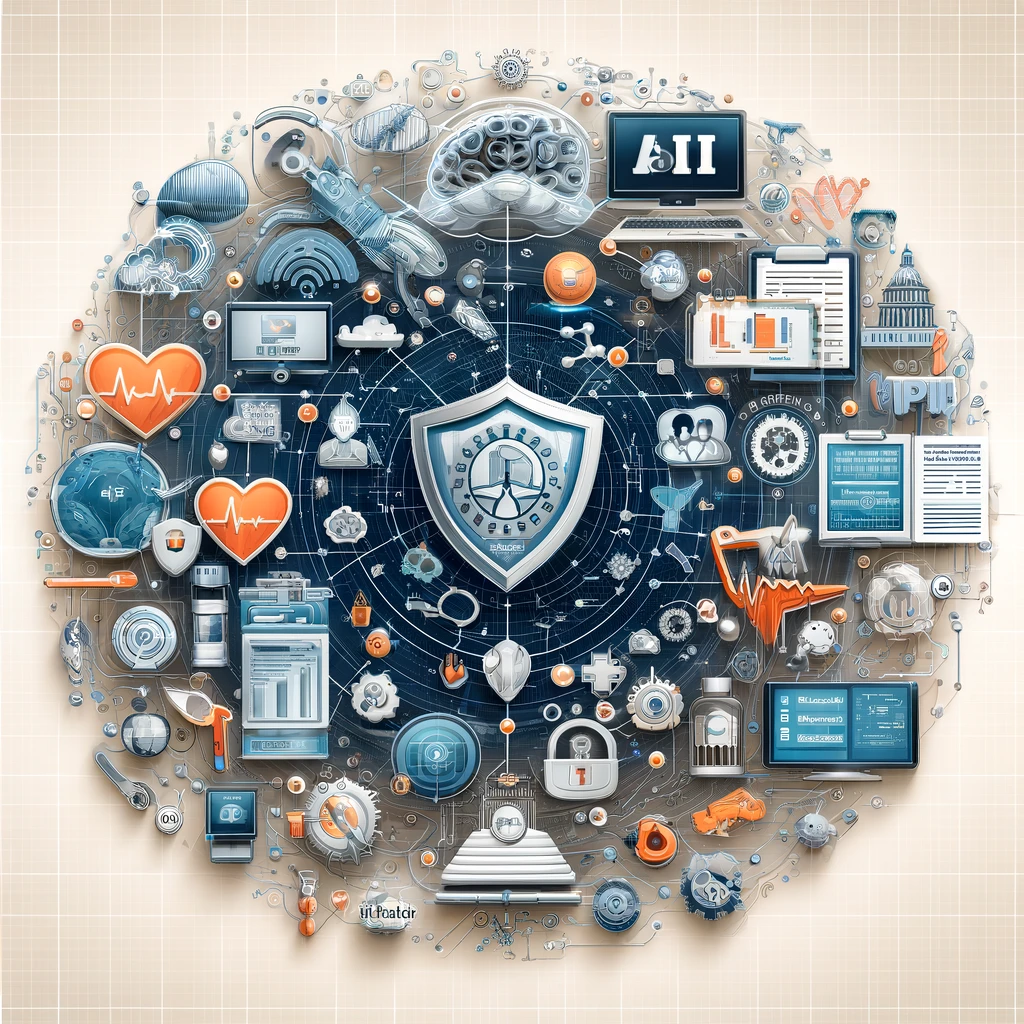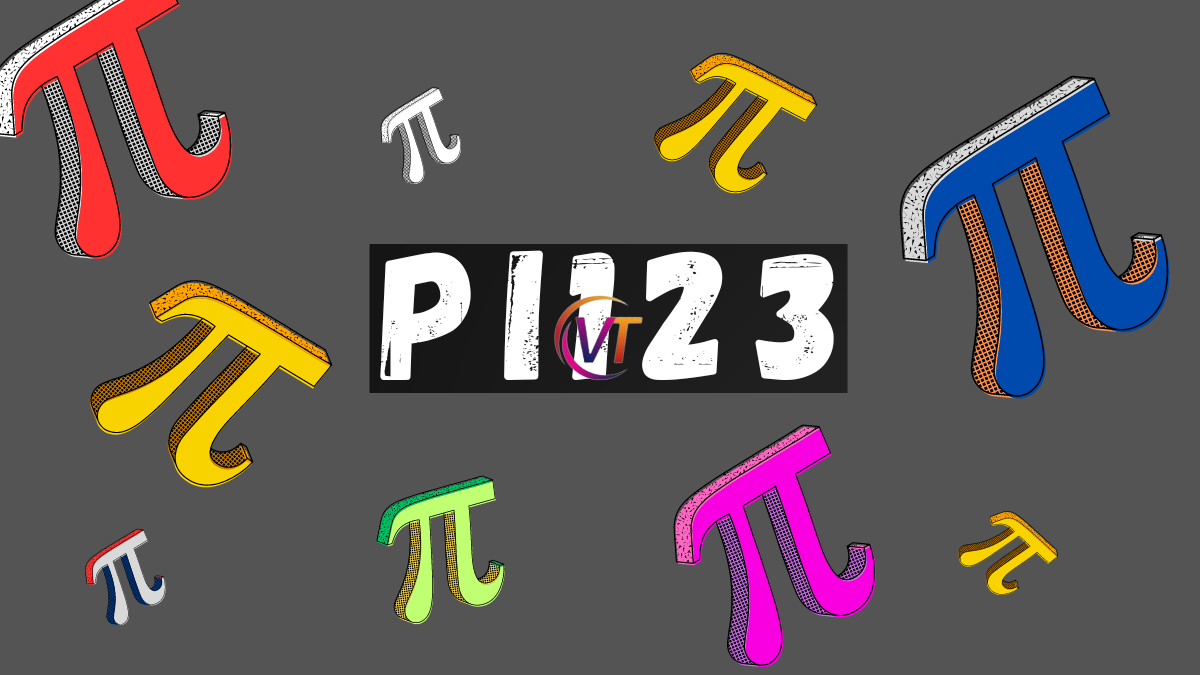Manufacturing in the Modern Era: Embracing the Fabrikanlage
Manufacturing stands as the cornerstone of industrial progress, evolving through time from manual labor and basic machinery to the sophisticated systems of today. At the forefront of this evolution is the fabrikanlage—a testament to modern manufacturing excellence, encompassing infrastructure, advanced technology, and optimized workflows. This article delves into the multifaceted realm of fabrikanlagen, exploring its design principles, benefits, challenges, and future trajectories.
Evolution and Types of Fabrikanlage
The concept of fabrikanlage has evolved significantly from its manual labor origins to highly automated systems driven by robotics, machine learning, and IoT. Traditional, automated, and hybrid models now define the landscape:
- Automated Fabrikanlage: Utilizes robotics and AI to achieve precision and efficiency.
- Traditional Fabrikanlage: Retains manual processes suitable for specific production needs.
- Hybrid Fabrikanlage: Strikes a balance between automation and human skill, maximizing adaptability.
Key Components
Critical components of a fabrikanlage include advanced machinery, robust infrastructure, skilled labor, and adherence to safety standards and regulations. These elements collectively ensure seamless operations and sustainable growth.
Designing a Fabrikanlage
Successful design begins with thorough market analysis and extends to optimized layouts and efficient workflow management. This approach not only minimizes operational bottlenecks but also enhances productivity and responsiveness to market demands.
Benefits and Challenges
The advantages of fabrikanlage are substantial:
- Efficiency Gains: Streamlined processes and interconnected systems reduce lead times.
- Enhanced Product Quality: Automation ensures consistent output quality.
- Cost Reduction: Optimization of workflows and energy-efficient practices yield substantial savings.
Challenges such as high initial investments, technological disruptions, and regulatory compliance underscore the complexity of integrating fabrikanlagen into manufacturing ecosystems.
Technological Impact and Sustainability
Technological advancements like automation, IoT, and AI bolster operational efficiency and predictive maintenance capabilities. Concurrently, sustainable practices—such as energy-efficient infrastructure and adherence to circular economy principles—position fabrikanlagen as leaders in eco-friendly manufacturing.
Global Trends and Case Studies
Trends like Industry 4.0, global supply chain integration, and green manufacturing underscore the adaptability and forward-thinking nature of fabrikanlagen. Case studies from industry leaders exemplify the transformative power of automated production systems in achieving scalable, efficient manufacturing.
Conclusion
The future of manufacturing hinges on the versatility and sustainability of fabrikanlagen. By embracing innovation and adapting to global shifts, these advanced manufacturing facilities are poised to lead industries into a new era of efficiency, waste reduction, and environmental stewardship. As manufacturing landscapes evolve, fabrikanlagen will continue to redefine industry standards, driving progress and resilience in a rapidly changing world.
